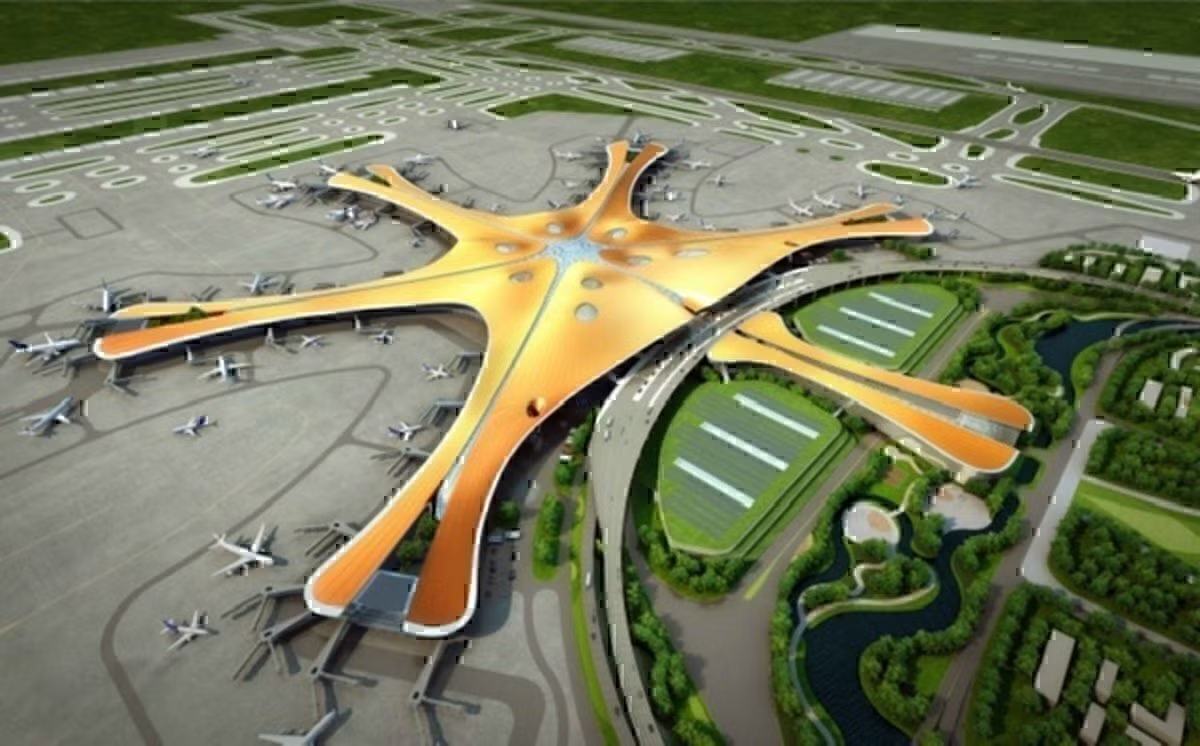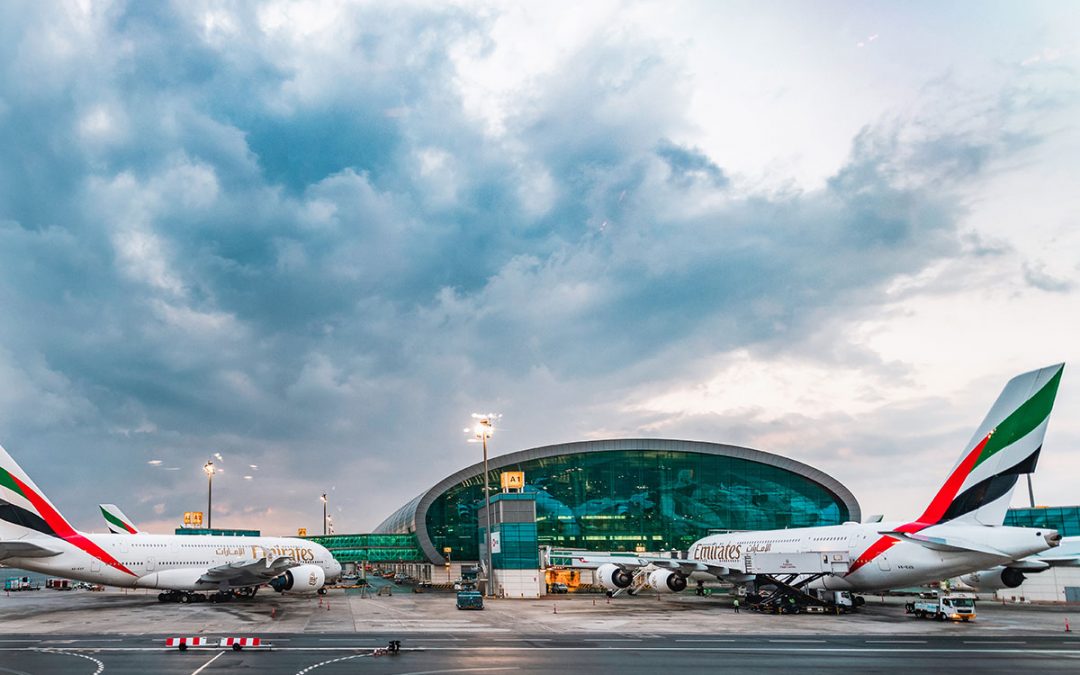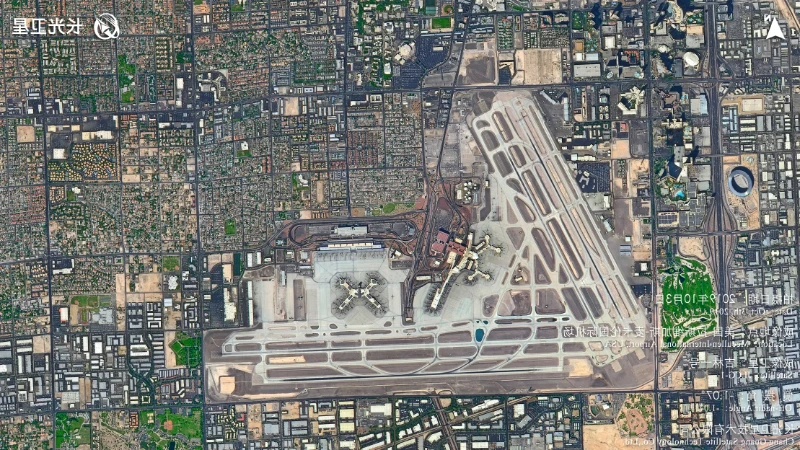A Look at 10 Airports with Remarkable Aesthetic Appeal
Beijing Daxing International Airport
Beijing Daxing International Airport, situated in the Daxing District of Beijing, commenced operations on September 25, 2019. Covering a terminal area of 780,000 square meters, the airport has a daily passenger capacity of approximately 78,200. On its first operational day, 766 flights were successfully managed.
Equipped with modern technology and advanced facilities, the airport ensures efficient operations and high-quality services. It features spacious waiting areas, a diverse selection of dining options, and various shopping outlets, providing a comfortable experience for travelers.
Since its inauguration, Daxing International Airport has served over 52 million passengers and is recognized for its scale and operational efficiency. As a key transportation hub for Beijing, it plays a significant role in the region’s economic development.

Shenzhen Bao’an International Airport
Located in Shenzhen, China, Shenzhen Bao’an International Airport began construction in 1991 and has since grown into a world-class facility. Spanning a site area of 195,000 square meters with a total construction area of 451,000 square meters, the airport accommodates 76 aircraft positions and handles an annual passenger volume of 45 million.
This airport is renowned for its state-of-the-art infrastructure, efficient operational systems, and exceptional service quality. Its terminals offer spacious waiting areas, modern architecture, and a comfortable environment for travelers.
In May 2018, Shenzhen Airport was recognized as one of the “Top 10 Most Beautiful Airports in the World” due to its architectural design, aesthetic appeal, and service excellence. The airport continues to evolve, striving to enhance the passenger experience and provide seamless travel services.

Singapore Changi International Airport
Recognized as one of the world’s top airports, Singapore Changi International Airport is a major aviation hub, covering an area of 13 square kilometers. Construction began in 1975, and the airport has since been acknowledged for its extensive facilities and efficient operations.
With a combination of modern infrastructure, shopping centers, dining options, and relaxation areas, the airport provides travelers with a comfortable experience. In 2019, it handled approximately 68.3 million passengers, cementing its status as a leading global airport.
Known for its lush gardens, art installations, and cutting-edge technology, Changi Airport is more than just a transportation hub—it is also an engaging destination for visitors. The airport continues to expand and enhance its services to offer an unparalleled travel experience.

Hamad International Airport
Hamad International Airport, located in Doha, Qatar, was planned in 2003 and officially opened in 2014. Spanning over 2,200 hectares, it was recognized as the world’s best airport at the 2021 World Airport Awards.
Featuring advanced infrastructure and premium facilities, the airport offers luxurious lounges, a diverse range of shopping and dining options, and relaxing spaces to enhance the passenger experience. Its modern architectural design, coupled with a commitment to sustainability, ensures efficient operations and environmental responsibility.
Serving as a key international hub, Hamad International Airport continues to prioritize security, efficiency, and service excellence, aiming to provide an outstanding travel experience for passengers worldwide.

Tokyo International Airport
Tokyo International Airport, Japan’s largest airport, spans an area of 4.08 million square meters. In 2016, it managed approximately 79.52 million passengers, ranking among the busiest airports globally.
With advanced infrastructure and seamless operations, the airport ensures a smooth travel experience for both domestic and international passengers. Its terminals include a variety of shopping outlets, dining establishments, and relaxation areas. Moreover, state-of-the-art check-in and security systems enhance convenience and safety.
The airport serves as a crucial gateway to Tokyo, offering easy access to major destinations. Additionally, its art installations and cultural exhibits provide visitors with insights into Japanese heritage. With a focus on sustainability, Tokyo International Airport continues to evolve while maintaining high service standards.

Princess Juliana International Airport
Situated on the Caribbean island of St. Martin, Princess Juliana International Airport was named after a member of the Dutch royal family. Established during World War II, it has since become a significant aviation hub. In 2005, it welcomed 1.66 million tourists.
Known for its proximity to the beach, the airport offers a unique experience for travelers and aviation enthusiasts. The short distance between the runway and the coastline makes it a well-known location for plane-watching.
With well-equipped facilities, shopping centers, and dining options, the airport ensures a convenient travel experience. As a key transportation hub in the Caribbean, it continues to enhance its operations to accommodate increasing passenger traffic.

Dubai International Airport
Dubai International Airport commenced construction in 1959 and officially opened in 1965. By 2019, it had handled approximately 86.39 million passengers, reflecting its importance as a major global aviation center.
With continuous upgrades, the airport features modern facilities, a wide range of retail stores, dining options, and relaxation areas. Its advanced security systems and efficient operations contribute to a smooth travel experience.
The airport’s distinctive architectural design and sustainability initiatives further enhance its global reputation. As a major hub connecting international destinations, it continues to expand and innovate to meet growing passenger demands.

Queenstown International Airport
As one of New Zealand’s busiest airports, Queenstown International Airport offers both domestic and international flight services. It is known for its breathtaking views, with travelers enjoying picturesque landscapes before landing. In 2015, it was voted the most beautiful airport in the world.
Equipped with modern facilities, shopping areas, and dining options, the airport ensures a pleasant experience for passengers. Its business lounges and relaxation spaces cater to diverse traveler needs.
The airport’s commitment to sustainability includes energy-efficient systems and environmental conservation efforts. It remains a popular choice for travelers, offering both scenic beauty and excellent service.

Las Vegas McCarran International Airport
Located in the United States, Las Vegas McCarran International Airport sits at an elevation of 665 meters and spans approximately 1,133 hectares. The airport is well-known for its duty-free shops and convenient passenger amenities.
With a wide range of shopping and dining options, the airport caters to both business and leisure travelers. Spacious terminals, efficient security systems, and comfortable waiting areas enhance the overall experience.
The airport’s strategic location provides easy access to key destinations, making it a preferred choice for travelers. Its commitment to service excellence and operational efficiency continues to attract visitors worldwide.

Nice Côte d’Azur Airport
Situated in France, Nice Côte d’Azur Airport is one of the country’s busiest airports, serving approximately 9.36 million passengers annually. It is recognized for its high passenger volume and modern infrastructure.
With advanced technology and extensive facilities, the airport ensures a seamless travel experience. Shopping centers, dining options, and relaxation areas provide passengers with a variety of services to enhance their journey.
The airport’s design blends modern aesthetics with sustainability, incorporating energy-efficient features and cultural elements. Its strategic location and excellent connectivity make it a key gateway to France. As it continues to develop, the airport remains committed to providing a world-class travel experience for passengers.

